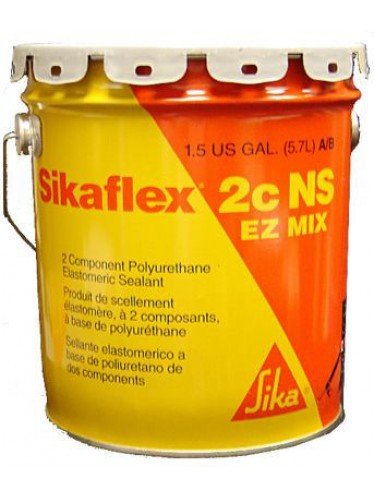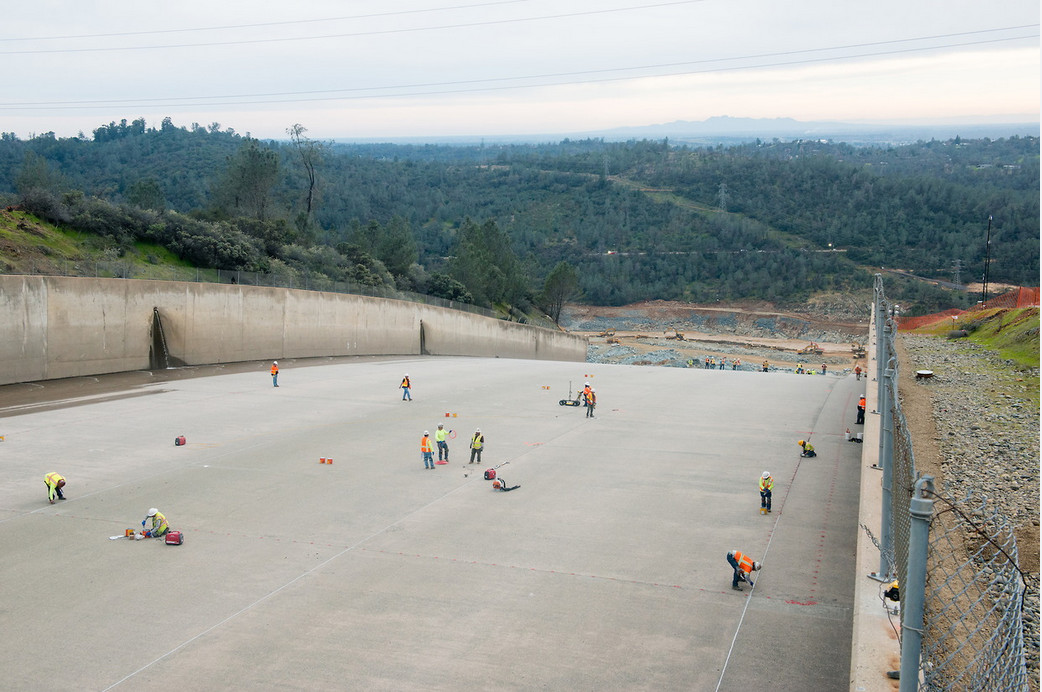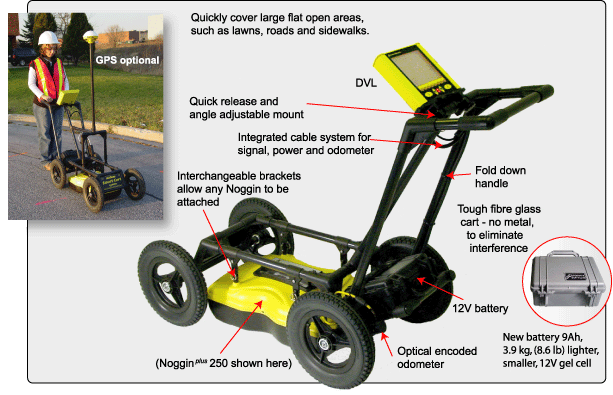DWR noticed for bids for repairs to the Oroville main spillway on July 3, 2009.
http://www.water.ca.gov/engineering/Contracts/index.cfm?Action=3
Spec #09-14 , Contract No. C51399
Spillway Repairs, Oroville Dam, Antelope Dam, Frenchman Dam and Grizzly Valley Dam Notice to Contractors, Advertise 7/3/09
·
Notice to Contractors
·
Bid Opening Report
·
Summary of Bids
The bid notice stated the following needed to be done:
1. Repair spalled concrete on surface of dam spillways, including: a. Sawcutting concrete, b. Removing damaged existing concrete, c. Waterblasting, d. Air/sandblasting, e. Concrete and steel reinforcing work. 2. Repair voids under concrete surface of dam spillways, including: a. Sawcutting concrete, b. Removing concrete, c. Repairing subdrain, d. Concrete and steel reinforcing work. 3. Repair cracks on surface of dam spillways, including: a. Sawcutting or routing of concrete, b. Removing damaged existing concrete edges, c. Placing nonshrink grout, d. Placing epoxy adhesive. 4. Repair expansion and contraction joints, including: a. Removing existing joint seal, backer rod and/or portion of joint filler, and b. Placing joint seal and backer rod.
The bid summary shows 10,000 linear feet of sawcutting 1 inch deep, 83 cubic yards of void repair, 3,900 linear feet of major crack repair, 23,700 linear feet of contraction joint repair. I think all contraction joints must have been repaired.

Repairs were also done on Antelope, Frenchman and Grizzly Valley spillways. Antelope Dam required 47 cubic yards of void repair.



